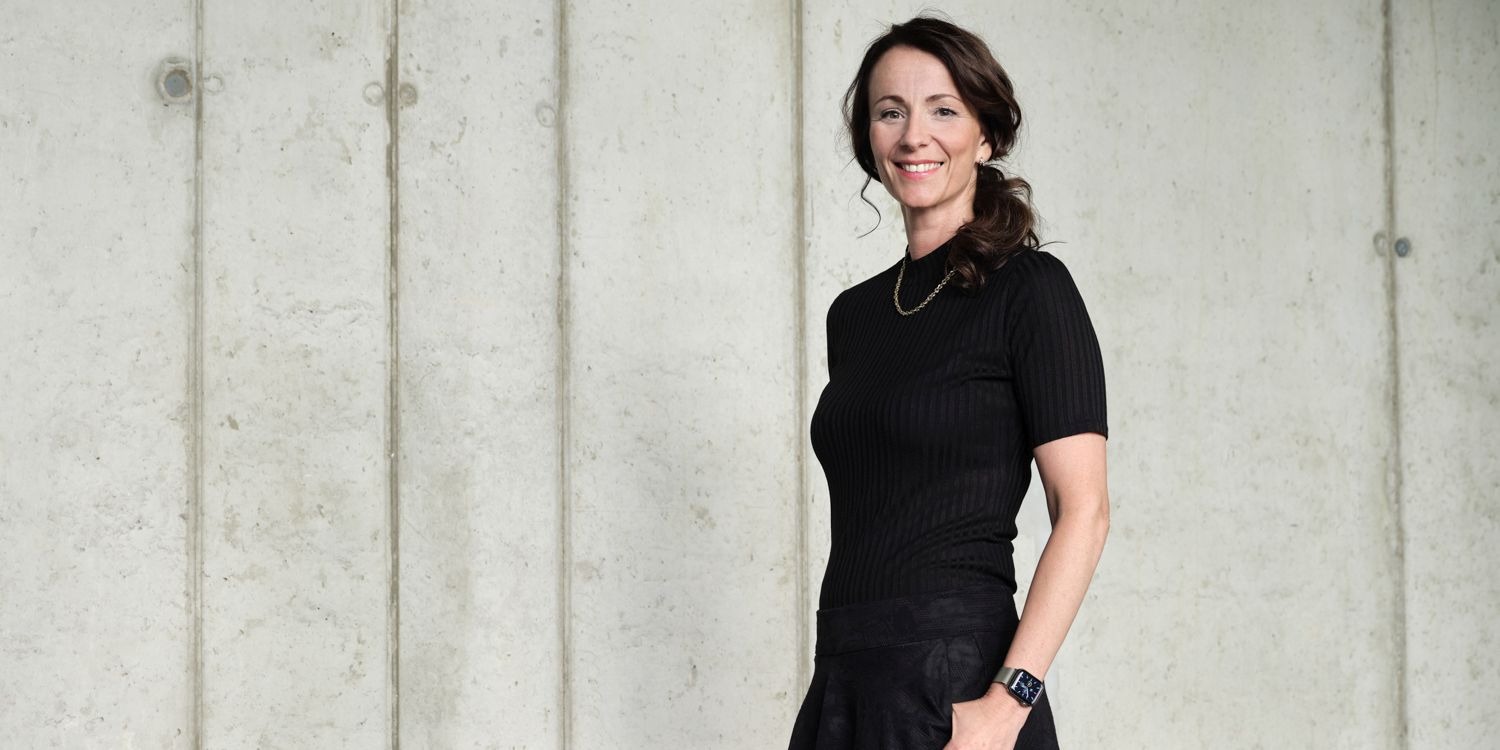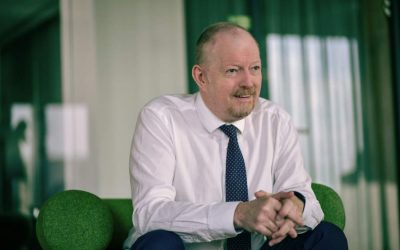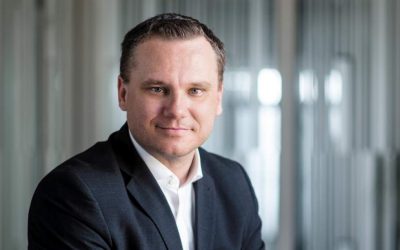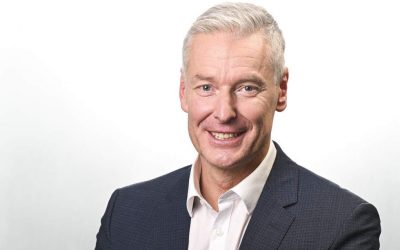Sustainability in construction and in architecture has become a reality. For investors, sustainability is one of the main criteria when making decisions about investments into the world of reality. Buildings that save natural resources and support the personal comfort and health of people, biophilia, cooperation and inclusion are becoming more attractive. But how do you achieve sustainability for a building that’s already been built? The answer lies in clever interiors modernizations.
According to a study by JLL and Tétris, tenants and landlords are aware of the need for more ecological and sustainable interiors: 83% of tenants agree that their employees appreciate more green elements, while 78% of investors confirmed that green is important for their tenants.
The long-term, sustainable functioning of interiors is a prerequisite for achieving climatic neutrality (in other words carbon neutrality) which is what companies and institutions are committing to with increasing frequency.
Breathing new life into older buildings
While it’s easy to incorporate sustainable features during the construction process, that’s not the case once a building is already standing. “You can’t just tear it down and begin again. In addition, many of these buildings have historic value and are themselves works of art,” says Adrian Bojczuk, EMEA Investors and Landlords Client Development Director at Tétris. “What you can do is change the interior so that it’s more environmentally friendly.”
“The modernization of historic buildings is a huge challenge, because they are subject to strict rules and regulations. At the same time, they present a fantastic opportunity, but without modernization it’s impossible to even think about a low-carbon economy,” adds Bojczuk.
How to modernize office interiors
“We can use the reconstruction of the Swiss company Lindt’s office as an example,” says the director of the Czech branch of Tétris Lucie Loudová. Tétris recently reconstructed the Lindt headquarters in Danube House in Prague 8, employing what she described as a timeless design in the spirit of sustainability.
Lindt’s business philosophy is based not only on the production of exclusive chocolates but also on sustainability and natural conservation. These values were therefore part of the brief for the office redesign, which focused on improving its workplace environment for all employees. The solution involved not just creating a better and safe workplace with enough space for meetings but also to provide space for new technologies and to strengthen the flow of fresh air.
“From the beginning, we wanted to create a design that was timeless, simple but also sustainable and beautiful. We noticed the emphasis of the client on sustainability and green, so we conceived the whole renewal project in that spirit,” says Jakub Čížek, design leader at Tétris.
As part of the interior reconstruction, the ventilation system was expanded to bring fresh air to the office’s meeting rooms. Other important topics included acoustics, the materials used for the project and finally, the sensible re-use of furniture and raw materials. Details such as lighting and the choice of colors and materials were proposed in a conservative, timeless style to ensure that they’d still be attractive from a design point of view years from now. Biophilic design elements were used to help create a more pleasant atmosphere. With waste reduction an important component of the assignment, the original furniture was kept along with other interior elements.
The Tétris sustainability codex
Building certifications have evolved as the standard for completed buildings and are used to confirm that the building can operate sustainably. This is of course supporting demand for them. “It’s clear that buildings with official certificates will be better liked and in more demand that those that lack them,” says Tétris Deputy COO and Sustainability Chair for EMEA Joanna Gajewska-Sokolowska. “However, some buildings simply can’t achieve certification because of their age or because they fall under monument protection regimes. That’s why we created the Tétris Sustainability Codex, which contains achievable, simple steps that any building or company can take to make its space sustainable.”
Even seemingly minor details like reducing the volume of emissions by buying products from local sources or ensuring systematic recycling at the end of their life cycle; even decisions to use an item again or donating it for use by someone else can have a big impact for environmental protection. “The circular economy is a useful tool for setting sustainability principles,” says Gajewska-Sokolowska. “Sometimes the simplest solutions can mean huge changes.”
Today, it’s high time to undertake changes that will help the environment as well as the future of our planet – and everyone should be doing their utmost to contribute to the effort. The construction and architecture sectors can contribute to the fight against climate change through building modernizations by reducing our carbon footprint and enabling resource conservation.
“Construction is one of the most demanding sectors from an energy viewpoint and Tétris, which is involved in the design and reconstruction of offices and other spaces, is fully aware of this. We feel a societal responsibility towards the planet and the natural environment,” explains Lucie Loudová, director of the Czech branch of Tétris. “So, we’re educating our employees intensively so that we can offer sustainable projects to our clients.”
Also in ThePrime
Miroslav Linhart (Deloitte): Evergrande’s crisis could spell trouble for China






